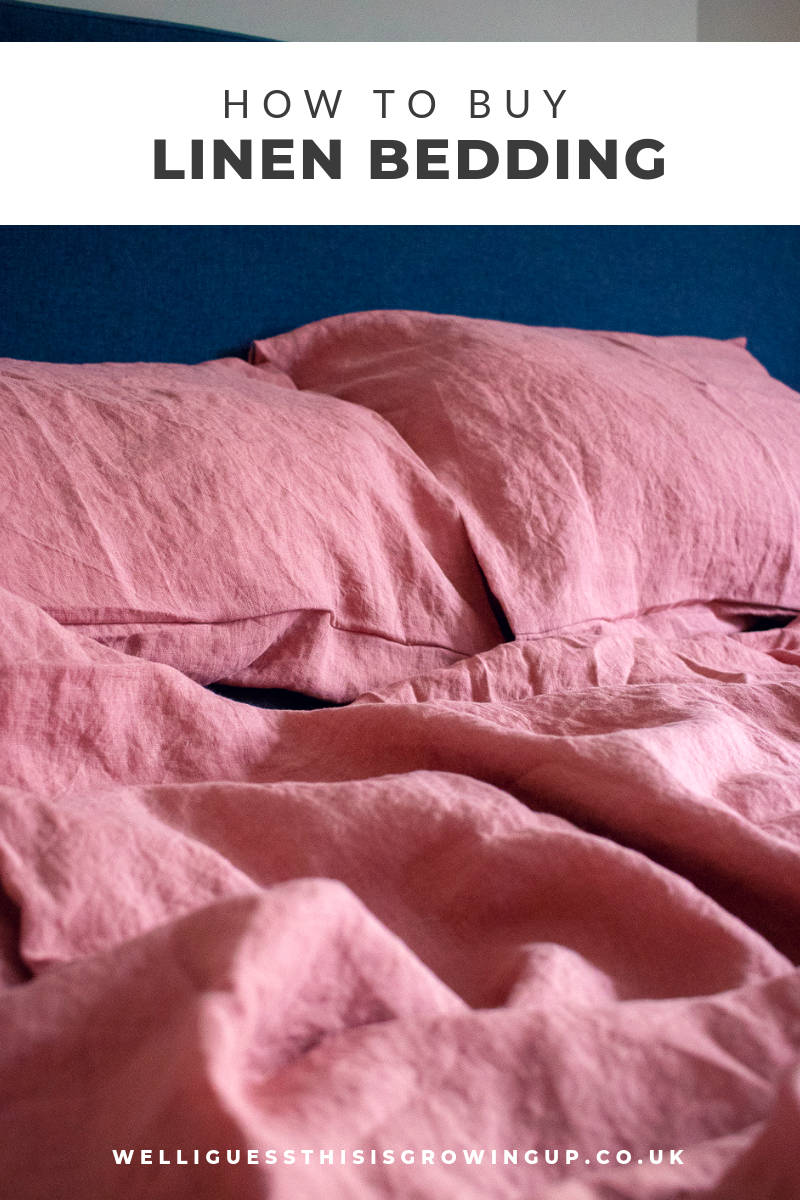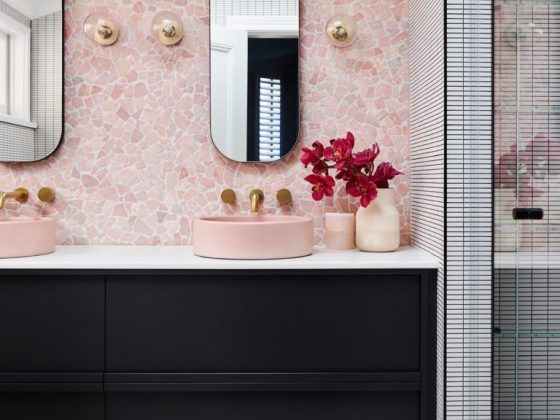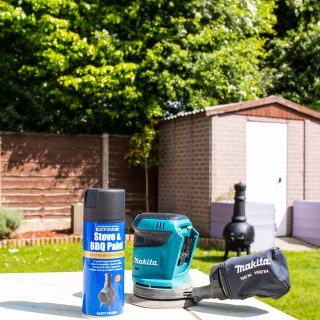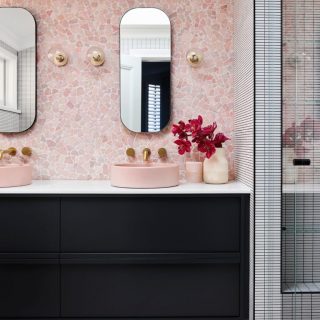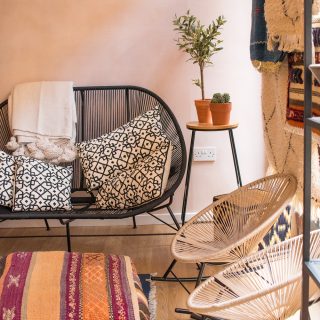Linen bedding is not a new trend to grace the bedrooms of our homes, but it’s true that this aesthetic of crinkling texture & calming colour is having a resurgence. Some sources state that linen was the top cloth choice of many Ancient Egyptians and hey, if it’s good enough for the Pharaohs, it’s good enough for the modern family.
But with a luxury label, the linen look is often achieved by casting aside the very material which has earned it a legendary status, in favour of cheaper catalogue-cutout alternatives. Let’s take a look at why linen bedding isn’t as expensive as you might think it is, and prepare to get the best night’s sleep of your life.
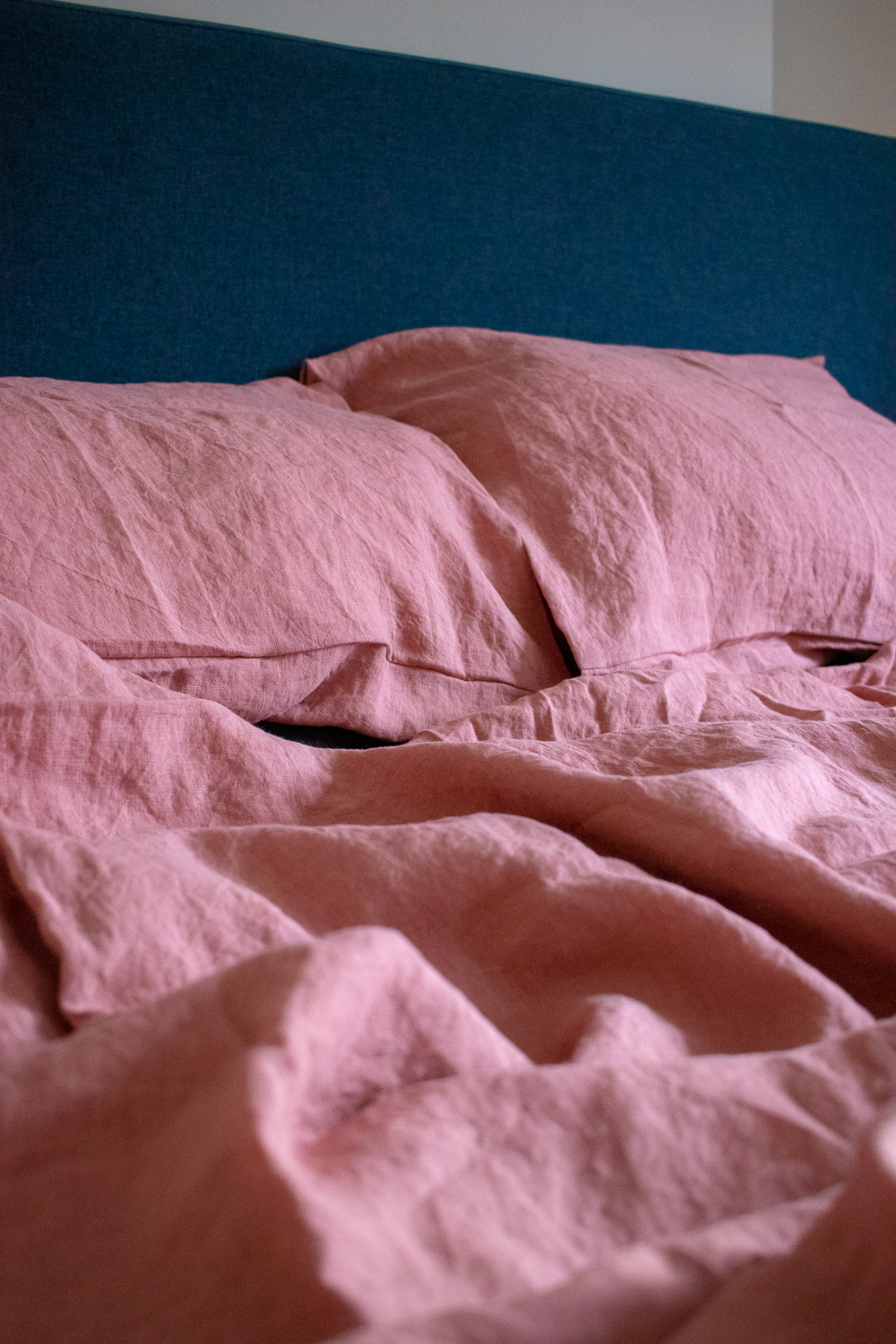
What’s the difference between linen bedding and cotton bedding?
Let’s go back to basics. Egyptian cotton remains one of the UK’s most well-loved materials to sink into at night (those Ancient Egyptians sure knew their sheets) and when we look to its biggest competitor, cotton, the average consumer generally understands that the higher the thread count, the better the quality, right? Well, it seems this principle hasn’t translated well to linen, with many of us at a loose end when understanding what a good deal is for luxury bedding.
If you’re wondering what the difference between the two is, linen – like cotton – is a natural fibre. It comes from the flax plant and is said to be around 30% stronger than the cotton plant and far thicker – which is why the thread count comparison isn’t really accurate for both materials. As it’s a natural product, the environment where it’s grown can massively alter the end product, and how the raw fibres are treated in production will all affect the quality of your bedding, as well as the price point.
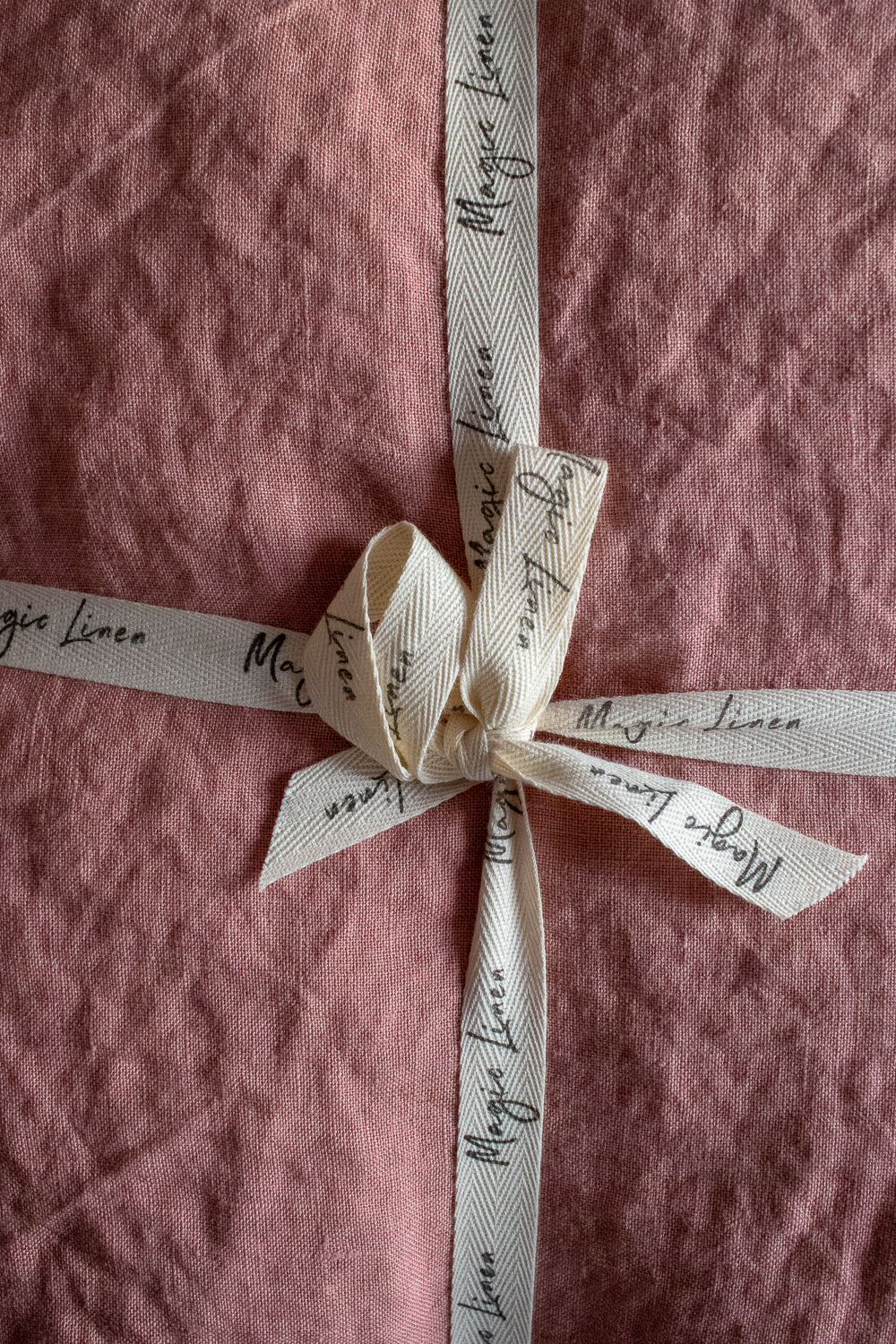
Why linen is perfect for bedding
Linen bedding has seen a huge jump in popularity over the past five years here in the UK, which is now translating into the fashion world (searches for linen dungarees were up over 1000% last year). As we move away from fast-fashion/interiors, looking for more sustainable and long-lasting materials, linen continues to make a comeback. But there are a few particularly great reasons linen is here to stay in the bedroom:
- Temperature control. Linen is an incredibly breathable fabric. It will keep you warm in the winter and cool in the summer, meaning you don’t need to have seasonal options if you don’t want to. Linen can absorb about a fifth of its weight in water before it feels wet, so even if you suffer from night sweats, you are unlikely to be disturbed by your sheets.
- Hypoallergenic. Because of this ability to essentially self-ventilate, this makes linen a far more hygienic solution. Pair that with the fact that it is naturally resistant to bacteria, it can be a great option for those who have irritable skin or allergies to consider – also making linen a great option for children’s bedding.
- Colour depth. Due to this incredible absorbency, it’s worth noting that linen will soak up colour in the production process beautifully. Whilst linens were once favoured in more traditional colouring (‘linen grey’ in particular), the market now has some amazingly vivid shades available.
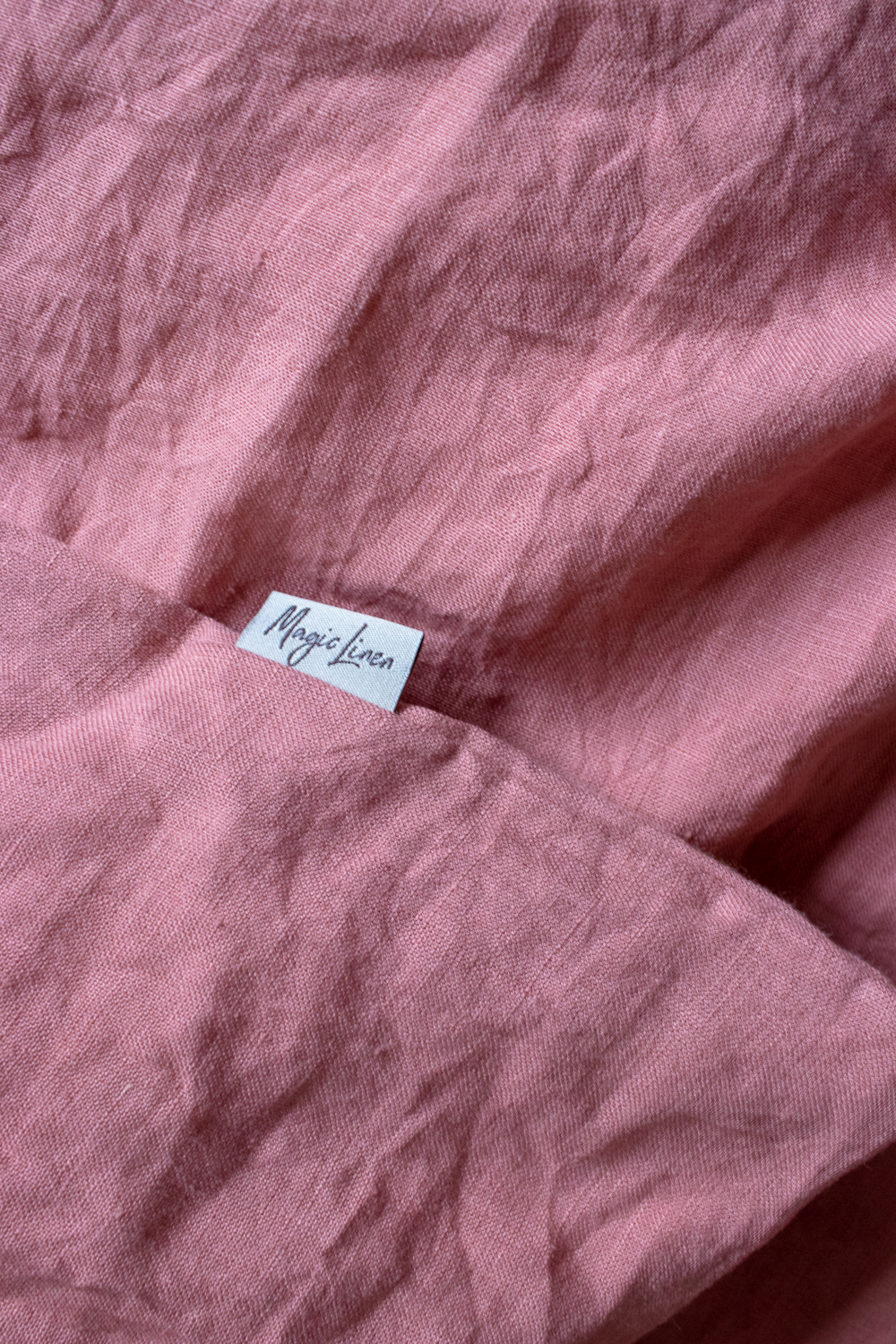
So why is linen so expensive?
Aside from the pros listed above, generally the production process is more intensive due to the fact that linen is so much more difficult to weave. Aside from this, it’s simply a great material which actually gets better the longer you have it; it’s made to be an investment.
Linen bedding may once have had a reputation of being a ‘worker’s fabric’ due to its sheer strength, but over time has firmly earned its place in the luxury market, with the likes of hotels and interior stylists both choosing linen for its mix of form and function.
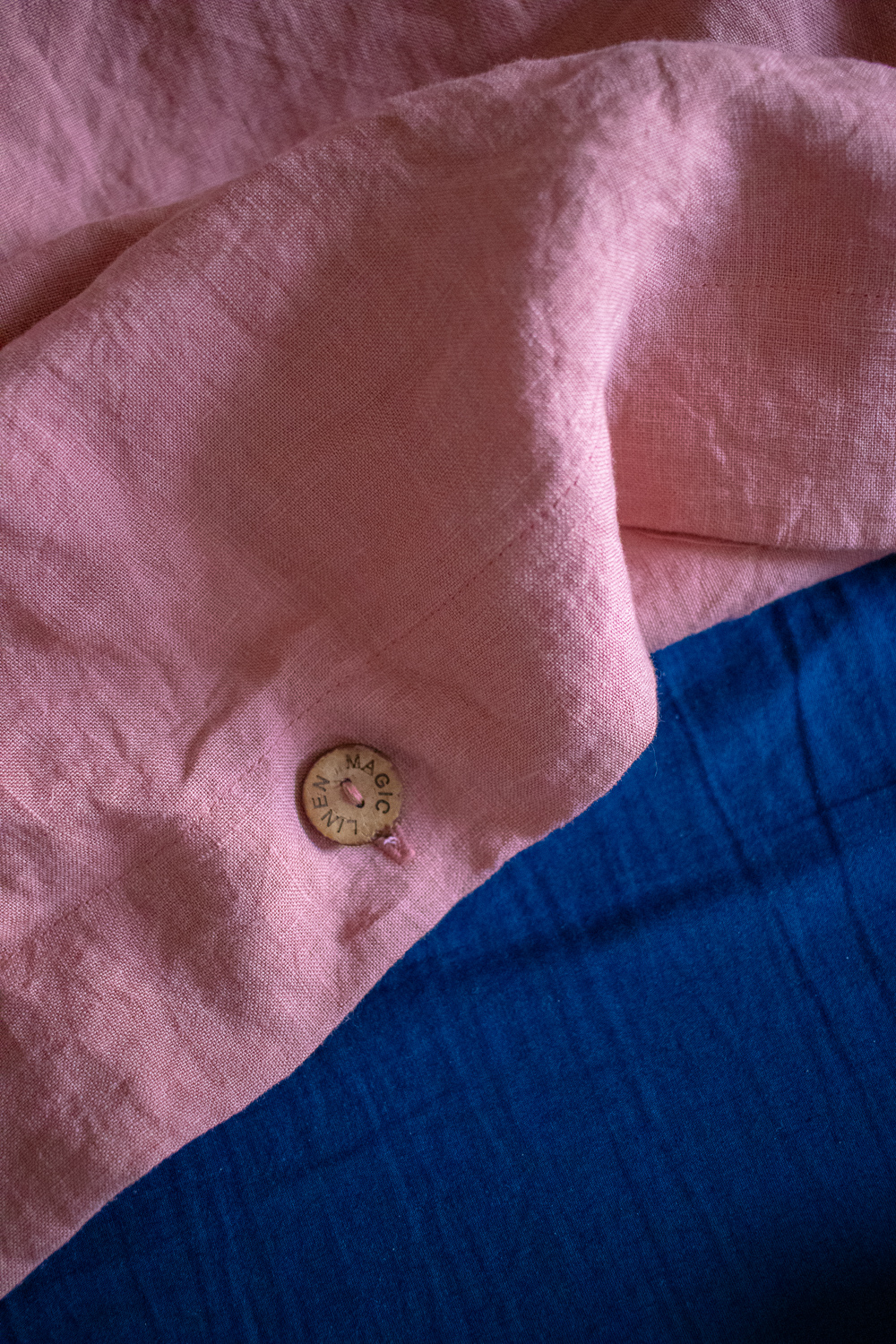
Should linen be ironed?
For many (myself included), the biggest selling point for linen bedding is its casual appearance. That “just-crawled-out-of-bed-look”, literally. It really is quite liberating as a busy working parent to wake in the morning and for your bed to look perfectly styled without really doing much.
Linen naturally had a creased appearance and the good news is, if it does bother you, it can be ironed whilst still damp – but do always check with the care information first.
There is the assumption that the crinkles in the fabric equates to roughness, which isn’t necessarily the case. Cheaply manufactured linens can feel less soft but with true European Flax linen, wash on a cool heat and low tumble dry temperature for a buttery soft sink into bed.
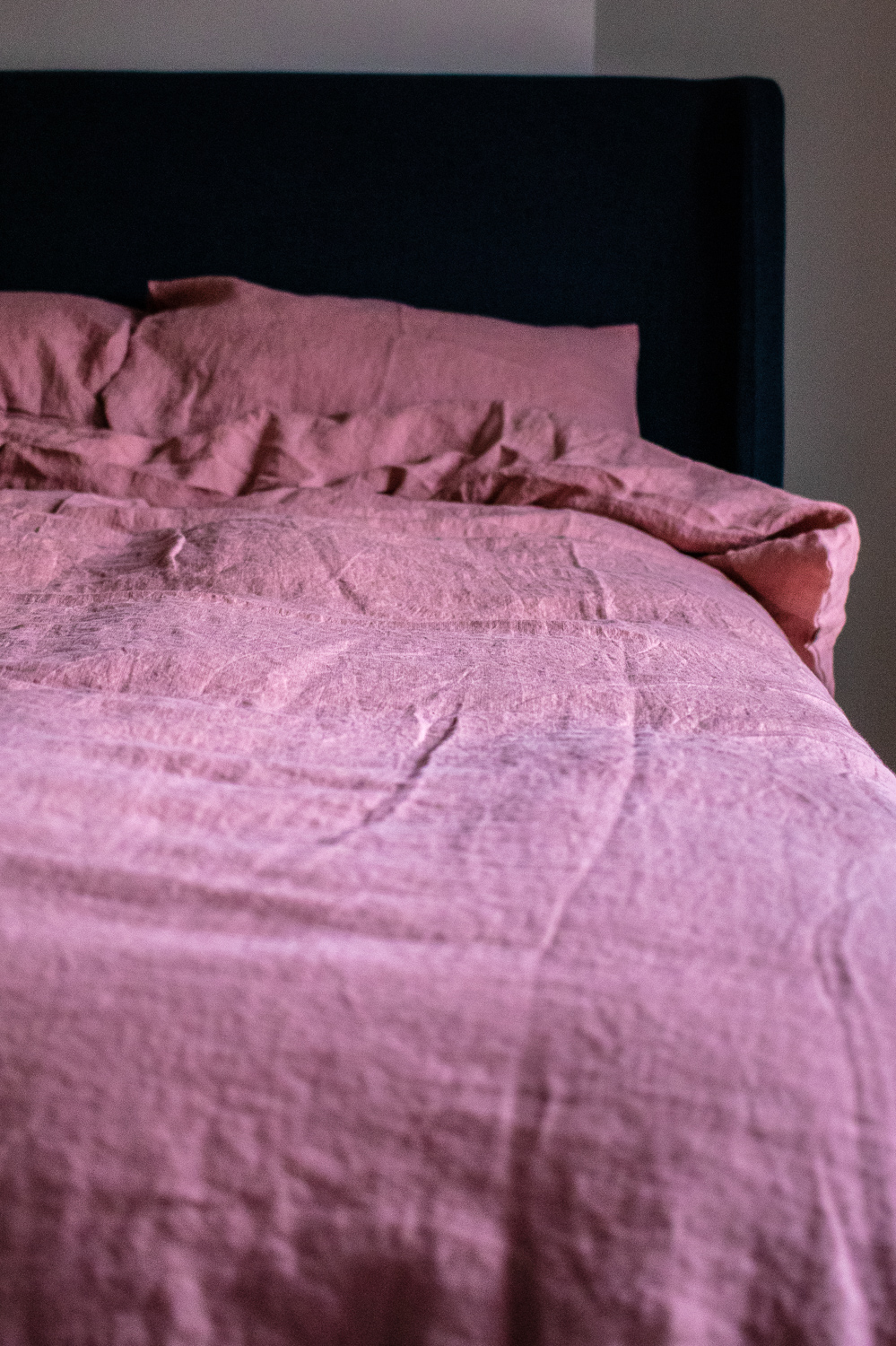
How to buy linen online
Linens are now widely available, and have taken the high street by storm, but if you are an online shopper and haven’t the option to feel the fabric with your own hands, here are a few tips on how to know you’re getting your money’s worth:
- Ensure the linen is 100% European flax. This is the label given to linen sources, giving you the assurance that you are not only getting the finest material available on the market, but it is a status that guarantees a local level of farming with a stamp of approval that the plant has been grown with minimal waste and without anything genetically modified.
- Check if the linen is certified by OEKO-TEX®. as it’s a symbol of quality and is a worldwide standard which ensures textiles do not contain any harmful colourants or chemicals in the production process.
- Find out where the linen was made (you should be able to find this in the product description). Lithuania, France, Ireland and Belgium are said to be the best farming countries due to their temperate climate working wonders for the flax seed plant. Much of Europe will have high qualities of linens available but if you want luxury, refer to point 1.
- If you’re after a soft-touch linen, look for products which have been stone washed. This is the point at which linens go from rigid to draping chic, ridding the fibres of any roughness.
So what do we think? Are you a fan of the perfectly imperfect bed look? Are you one of those people who simply must iron their sheets! I’d love to see how you’ve styled your own linen bedding. Get in touch to carry on the linen chat, or pin the image below to save for later.
